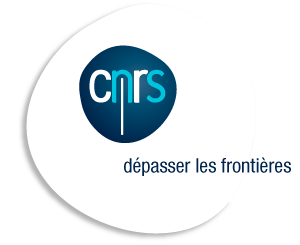The 36th International Geological Congress (IGC), is scheduled to be held on 2-8 March 2020 in New Delhi (http://www.36igc.org/36thigc). This prestigious platform provides ample opportunity to the global geoscientific community across the continents and oceans to interact, present and discuss various scientific issues. The Science Program of the 36th IGC comprises of 264 Symposia under 44 Themes (http://www.36igc.org/science-program). May also like to note that the 36th theme is “Exploration and Mining of Marine Mineral Resources” under which a sub-theme on “Modern Seafloor Hydrothermal Systems and Massive Seafloor Sulphides” is of special relevance to marine goescientific community.
36.2 Modern Seafloor Hydrothermal Systems and Massive Seafloor Sulphides
Kamesh Raju (India), John Kurian (India), Jérôme Dyment (France)
Modern seafloor hydrothermal systems, with their black/ white smokers issuing hot metal rich vent fluids from mafic or felsic volcanic rocks can be considered as modern analogs for the formation of volcanic-hosted massive sulphide (VMS) deposits. The discovery of such systems in the deep oceanic realm along the mid-ocean ridges has kindled a lot of interest primarily on account of the high concentration of base metals (Cu and Zn) and many noble metals (Au, Ag, Pd, Pt) in them. Of the more than 400 hydrothermal sites reported along the length of the mid-ocean ridges and arc-backarc systems, about 140 are considered to have economic potential with respect to polymetallic sulphide minerals. Apart from their economic potential, these deep-ocean mineral deposits can be considered as windows into Earth's processes, revealing clues to the evolution of seawater and ancient ore-forming processes.
Pursuant to the establishment of the International Seabed Authority in 1994 under the 1982 United Nations Convention on the Law of the Sea, the Authority has entered into six contracts with different entities for the exploration for polymetallic sulphides in the South West Indian Ridge, Central Indian Ridge and the Mid-Atlantic Ridge. Against this background, this Symposium would solicit abstracts on both modern active hydrothermal systems and relict seabed hydrothermal deposits, focused on the geology, geochemical characteristics including water-column chemistry, host-rock composition, geological models for seafloor hydrothermal systems, exploration strategies for potential sites of hydrothermal multi-metal sulphide mineralization and determination of the resource potential in different environments.
Keywords: Hydrothermal systems, spreading centres, back-arc basins, seafloor sulphides, geochemistry, sulphide deposits
The Abstract Submission (deadline on 31 August 2019) and the Super Early Bird Registration (deadline on 31 July 2019) is now open.




